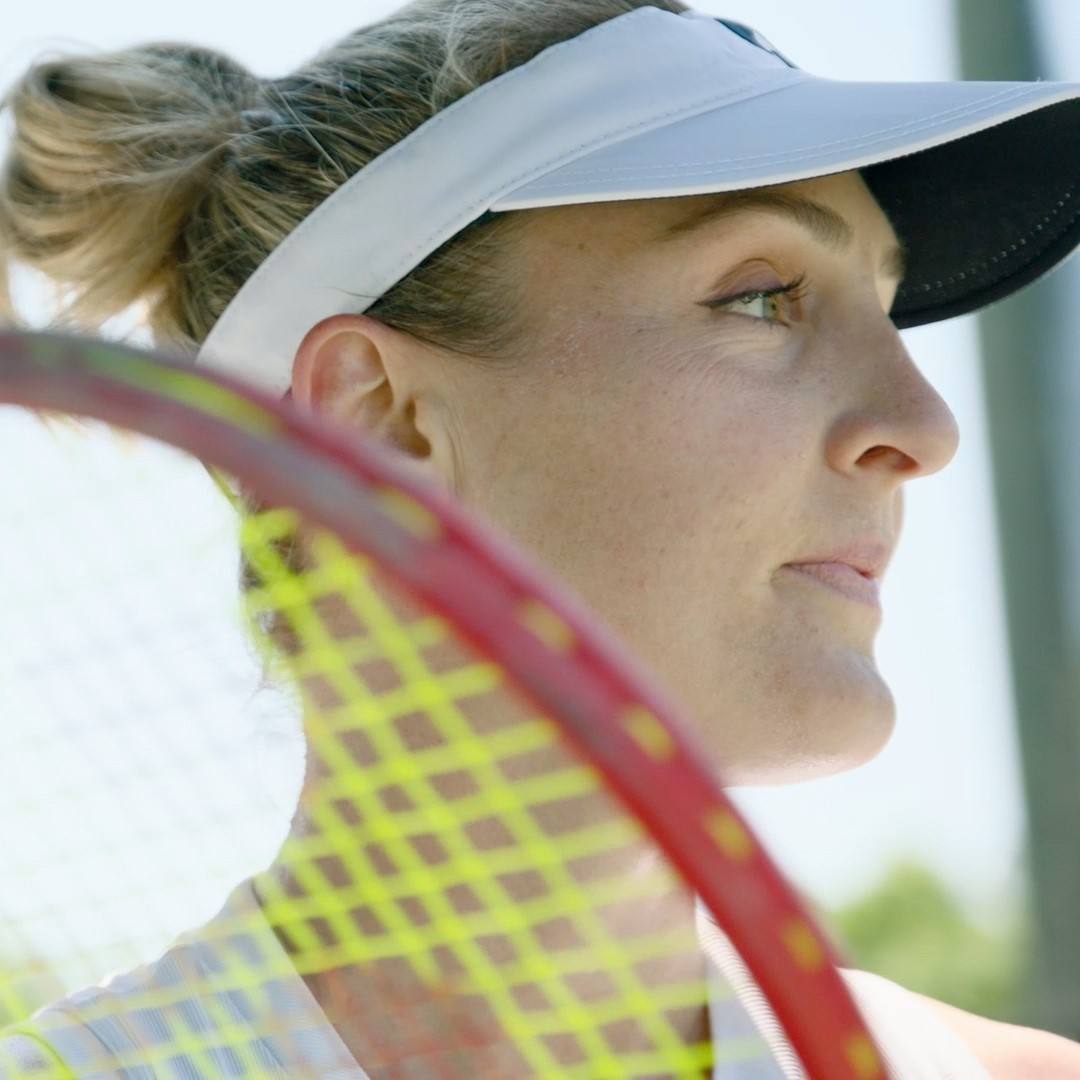The concept of personalized medical treatment based on a patient’s DNA is one small step closer to becoming a reality.
A Mayo Clinic Cancer Center team in Arizona recently completed its first whole human genome sequencing on a patient suffering from multiple myeloma, a cancer of the bone marrow.
In a matter of weeks, the Mayo Clinic team, led by hematologist Dr. Keith Stewart and Dr. Jan Egan, a post doctoral fellow, in conjunction with Dr. John Carpten and a team of researchers at the Translational Genomics Research Institute (TGen) in downtown Phoenix, completed multiple copies of a whole human genome sequence, capturing an entire snapshot of the patient’s bone marrow cancer cells through various stages of the disease.
“We were interested in establishing the reasons why cancer patients become resistant to chemotherapy drugs or alternatively, why they are sensitive to the drugs in the first place,” said Dr. Stewart, of the groundbreaking research project which sequenced approximately 60 billion different DNA bases in less than a month after the patient’s samples had been prepared.
This genetic research project was a first for the Mayo Clinic Cancer Center and a key milestone on the way to individualized genome based cancer care.
While the practice of genomic sequencing has been around for nearly a decade, Dr. Stewart said this Mayo Clinic-led project was particularly unique in that genetic samples were gathered at four different time intervals over the course of about four years, ranging from the onset of the malignant cancer diagnosis to the patient’s third relapse of the disease.
"We think by studying the whole genome rather than one gene at a time, we’ll be able to pinpoint genetic mutations which make this cancer resistant to chemotherapy,” said Dr. Stewart, explaining this whole genome sequence has the potential to reveal clues which may help pave the way for the development of new cancer fighting drugs or circumvent resistance to current chemotherapy drugs.
Want to learn more? In the video below Dr. Stewart speaks about this groundbreaking project.
http://www.youtube.com/watch?v=KZep4QBpH2I
This post was submitted by communications consultant
Julie Janovsky-Mason at Mayo Clinic in Arizona.



















